Fans of the animated series Avatar: The Last Airbender finally got to see the unaired pilot when Nickelodeon streamed the entire episode on Twitch – and longtime fans noticed big changes from what actually ended up airing. Avatar: The Last Airbender aired from 2005-2008, but the pilot was created in 2003 by co-creators Michael DiMartino and Bryan Konietzko. The original pilot was available as a special feature on the Season 1 DVD release, and can be seen in fragments on YouTube, but the Nickelodeon stream marks the first time the episode can be watched online in its entirety.
The final version of the Avatar: The Last Airbender begins with Katara and Sokka, siblings from the Southern Water Tribe, discovering a mysterious boy trapped in an iceberg. After freeing him, they realize that he is the Avatar, who has been missing for the past hundred years: an airbender named Aang. The exiled Prince Zuko, and his Uncle Iroh, are traveling the world to capture the Avatar so that Zuko can return to the Fire Nation and restore his honor. The pilot episode manages to introduce all major characters in the series and establish the elaborate mythology of the world.
The original pilot episode, created in 2003 to sell the show to Nickelodeon, was a very different episode than what ended up airing. Although both version had the same central premise and characters, they established the tone of the show in very different ways. From the iconic title sequence to everyone’s favorite winged lemur, here are all the differences between the original pilot and what actually aired.
The Title Sequence
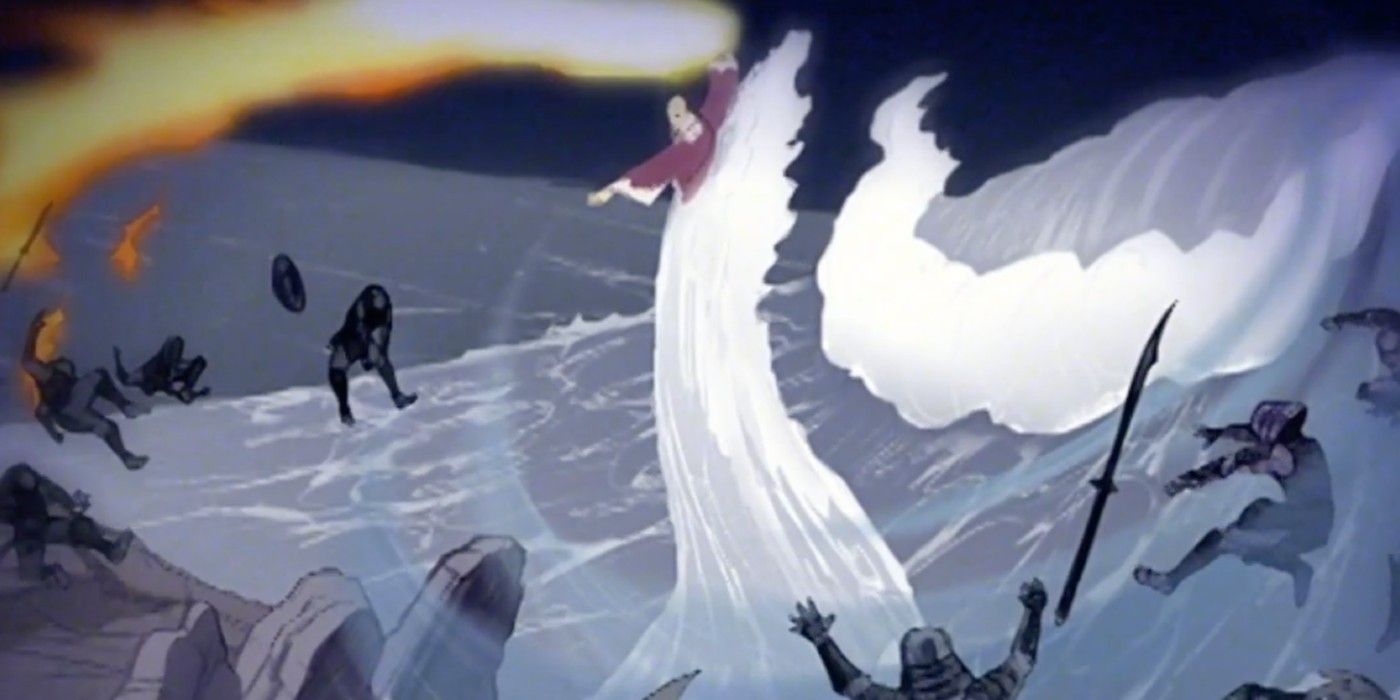
The opening sequence of Avatar: The Last Airbender is iconic for a reason. Narrated by Katara, the series opens by demonstrating all four styles of elemental bending, performed by bending masters from every nation. Meanwhile, Katara explains the origins of the Hundred Year War, the disappearance of the Avatar, and the theory that the Avatar cycle has been broken. It succinctly establishes the mythology of the series, and introduces the mystery that opens the show: what happened to the Avatar?
However, that iconic title sequence was almost very different. In the final version, we see only the silhouettes of the bending masters in front of the banners of their respective nations. The stylization highlights the physicality of the bending, and the supernatural abilities of the benders. In the unaired pilot, instead of the silhouettes, we see a fully lit and animated sequence of each bender, in their respective kingdom. While the original pilot might have given us more information about the world of Avatar: The Last Airbender, it lacks the cohesive style and drama of the final version.
In both versions of the pilot, Katara narrates the introduction – but in the unaired version, she goes into much more detail describing the disappearance of the Avatar, and how she and her brother discovered Aang in the iceberg. The sequence ends with Katara explaining that Aang must master all four elements to defeat Fire Lord Ozai, and that Katara and Sokka have dedicated themselves to keeping him safe. While the unaired title sequence is still good, rushing through Aang’s discovery in the iceberg means that it doesn’t spend enough time setting up the relationships that define the rest of the series.
Aang In The Iceberg
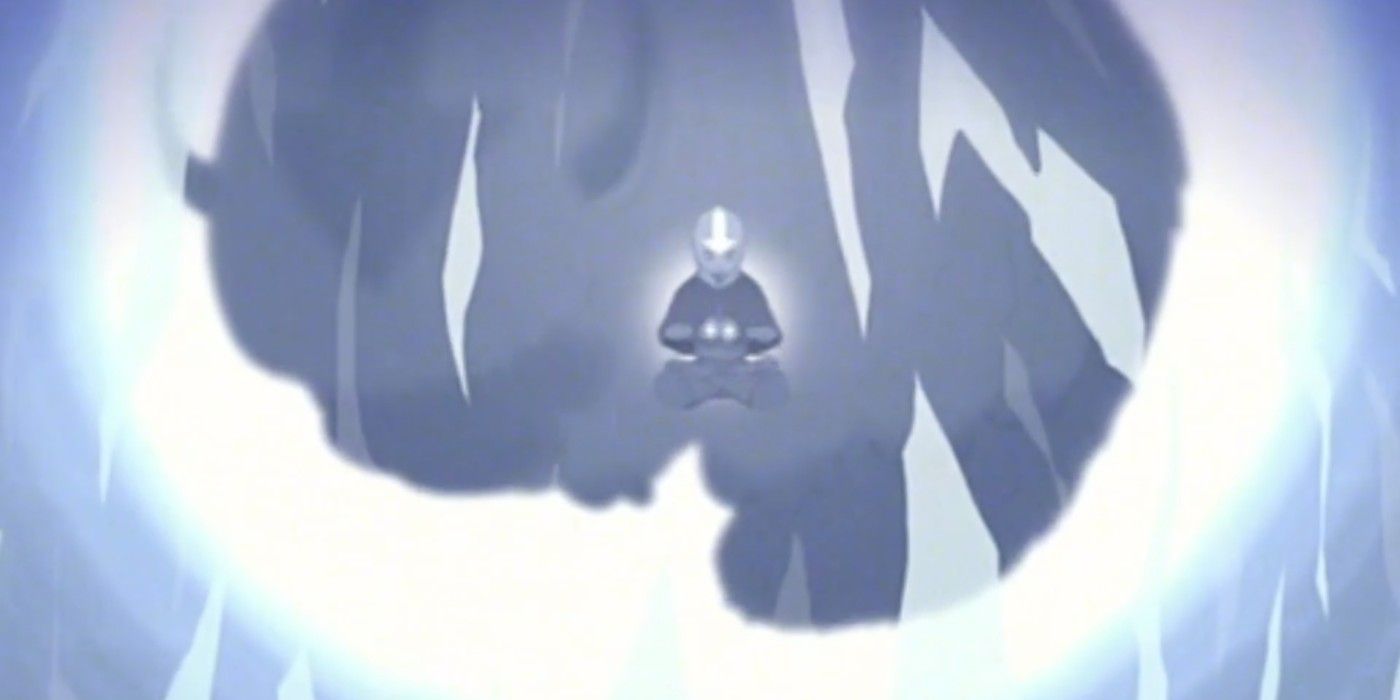
The pilot of Avatar: The Last Airbender shows us the moment that Sokka and Katara, the last waterbender of the Southern Water Tribe, discover Aang trapped in an iceberg, and Aang’s dawning realization that he has been trapped for a hundred years while the Fire Nation has started a devastating war. The episode takes its time setting up the stakes of the story – Aang’s journey to master all four elements, Prince Zuko’s pursuit of the Avatar guided by his Uncle Iroh, and that Aang must travel to the North Pole so he and Katara can find a waterbending master.
In the unaired episode, all of these plot points are covered in the title sequence. The original pilot picks up with Aang, Katara (named Kya in this iteration, a name that is eventually reused as her mother’s name), and Sokka already fleeing from the Fire Nation on Appa, dodging fireballs and quickly landing on an island for refuge. While the final version of the pilot takes its time developing the dynamic between Aang, Katara, and Sokka, this version begins with the group already established, and heading to an identified location. Prince Zuko is different as well; in the final version of the pilot he seems to be wandering without direction and trying to find the Avatar; in this version, he’s already found him, and is in hot pursuit of Aang and his friends.
The Sea Serpent
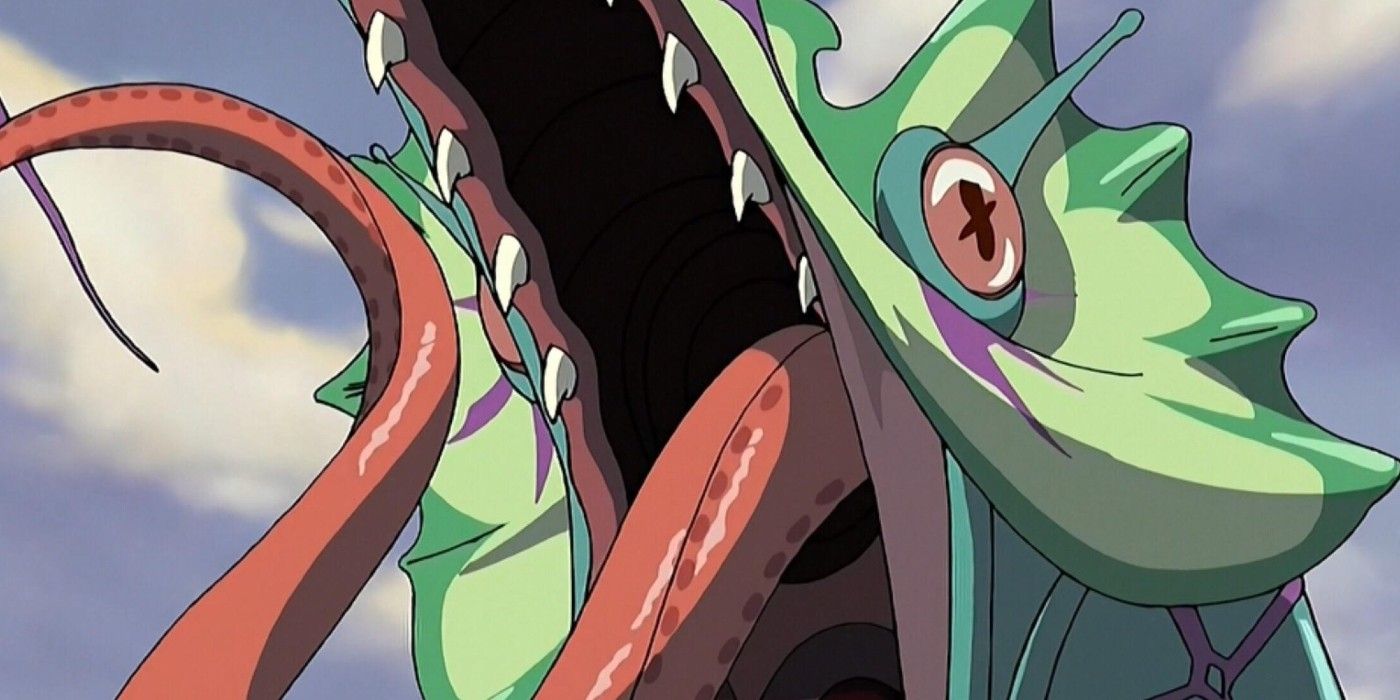
In the unaired pilot, Aang and his friends find an island to land on after being pursued across the water by Prince Zuko, and spot an enormous sea serpent following them beneath the sea. After landing on the island, Katara and Aang stay with Appa while Sokka goes to find food, and is unexpectedly captured by Fire Nation soldiers. While the serpent chasing Aang and his friends doesn’t appear in the final version of the pilot, it is reused in Avatar: The Last Airbender season 2, episode 12 “The Serpent’s Pass.”
In this episode, the sea serpent meets an early end from Prince Zuko and the Fire Nation. When Zuko arrives at the Fire Nation camp where Sokka is being held, he enters after the decapitated head of the sea serpent is wheeled in by his Fire Nation soldiers. The death of the sea serpent in the animated series is a shocking change from the tone of the show. Avatar: The Last Airbender almost never showed violence of death, but the unaired pilot hinted at a much darker version of the show.
Uncle Iroh
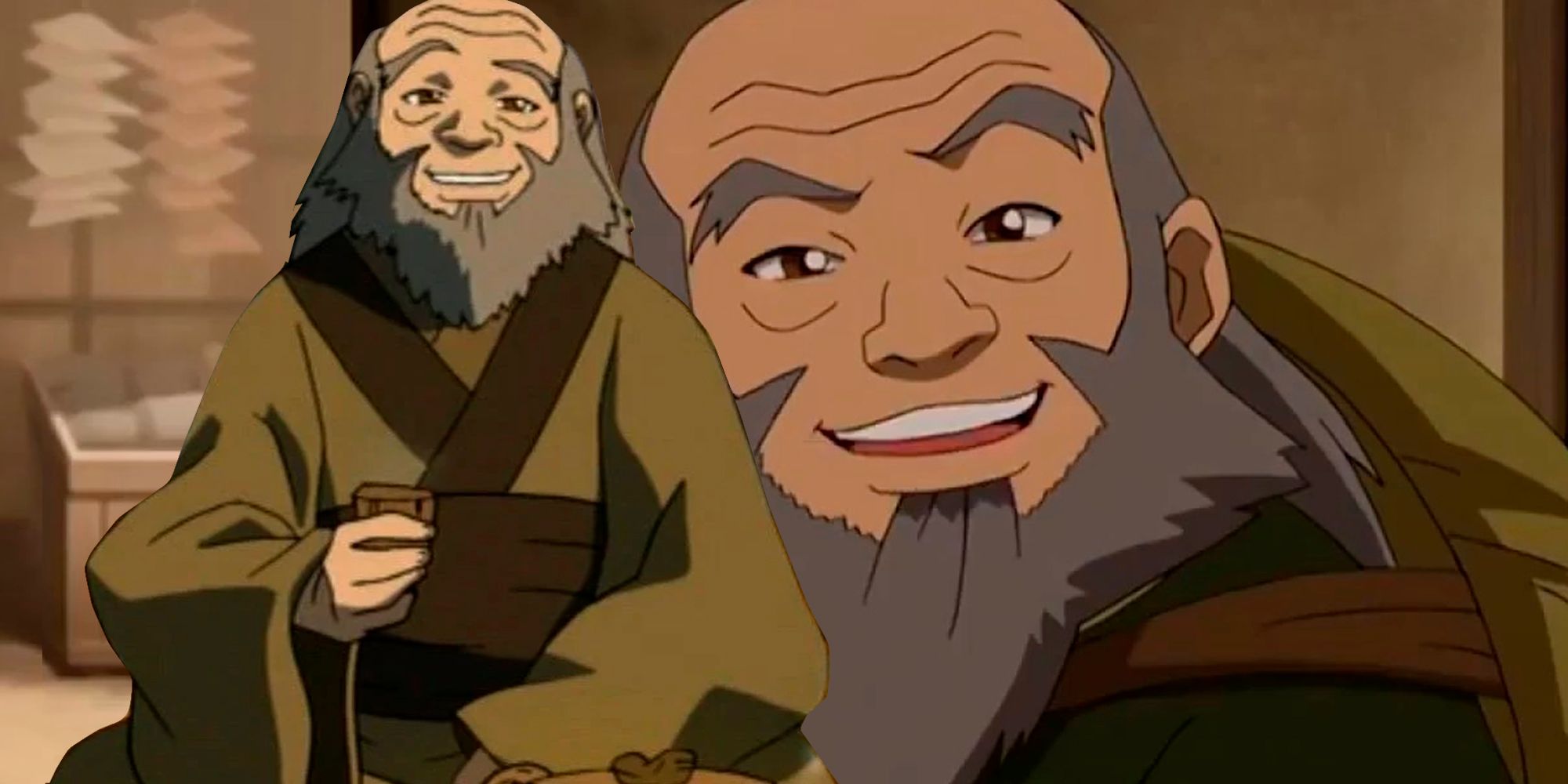
One of the best parts of the original series is Prince Zuko’s redemption arc, largely guided by his Uncle Iroh. Iroh is one of the best characters from Avatar: The Last Airbender, sprinkling his wisdom alongside anecdotes about tea, and ends up playing a crucial role in the finale with the other members of the White Lotus. In the final pilot, Iroh plays a crucial part by training Prince Zuko in firebending, and assisting with his quest in finding the Avatar.
However, Iroh doesn’t show up in the unaired pilot episode at all, leaving the hot-headed Prince without a guiding hand. While Prince Zuko is still pursuing the Avatar to restore his honor, in the unaired pilot he tells Sokka that if he cooperates with the Fire Nation, Zuko can prevent Ozai from harming him, and never mentions his exile. Uncle Iroh’s disappearance from the original pilot hints at a very different arc for Prince Zuko and leaves fans to speculate a version of Avatar: The Last Airbender without any Uncle Iroh at all.
Momo & Zuko’s Raven
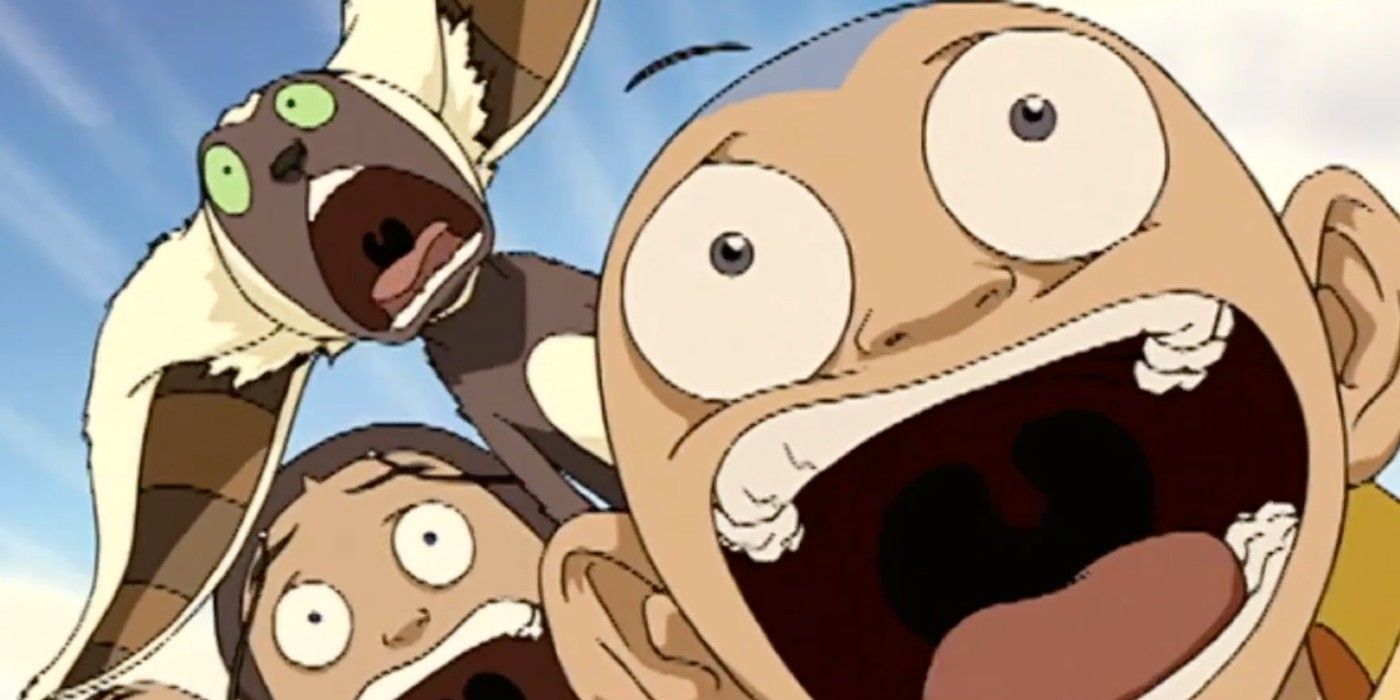
The original pilot features several plot points that ended up being reused in other parts of the series, including the introduction of Aang’s winged lemur, Momo. Since the actual pilot begins with Aang’s discovery in the South Pole alongside his sky bison, Appa, Momo doesn’t appear until Avatar: The Last Airbender season 1, episode 3, “The Southern Air Temple.” However, in the original version of the pilot, Aang already has his winged companion.
Zuko also had an animal companion in the pilot, which did not appear in the final series: a raven. Original intended as a foil for Aang’s lemur, Momo, Zuko’s raven is a significant part of the unaired episode. The raven brings Zuko the news that Sokka has been captured, and Zuko’s raven spends most of the episode battling Momo. Although Zuko ended up without an animal companion in the final version, he instead had Uncle Iroh as his companion throughout the show.
The Avatar State
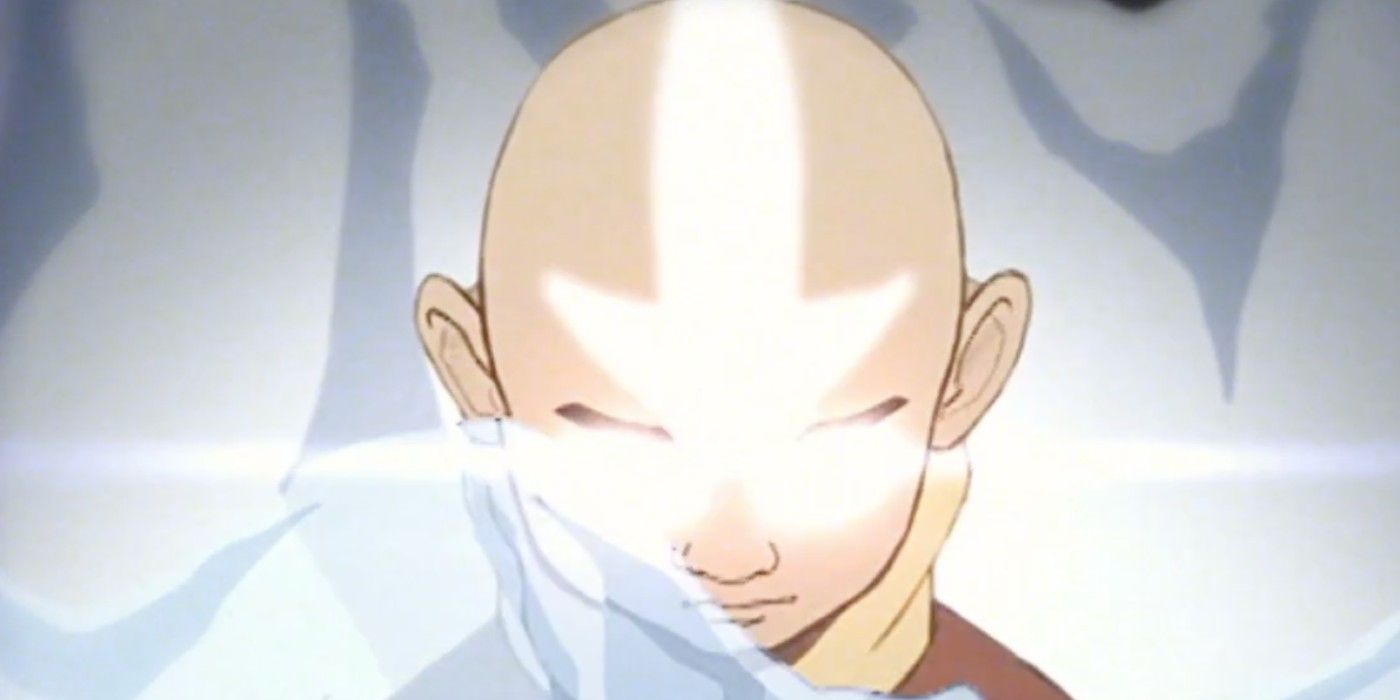
Throughout Avatar: The Last Airbender, Aang struggles with mastering the Avatar state, a state where he channels the spirits of all the past Avatars and harnesses their combined supernatural power. His inability to control his behavior in the Avatar State, and his fear of wielding that much power, is a major challenge throughout the series and culminates in nearly being killed by Zuko’s sister, Azula. Before Aang learns to control the Avatar state, he finds that it can be triggered if or his friends are in mortal danger as a defense mechanism.
In the unaired pilot, Aang is able to enter the Avatar state easily while battling Zuko, and seemingly control the power with no difficulty at all. Part of this is because co-creators Michael DiMartino and Bryan Konietzko had not yet finalized the complex mythology of the series, and were still figuring out how to implement the Avatar state in the show. Knowing that a major part of Aang’s journey centers around his fear of the Avatar state, it’s jarring to see him master the power with ease in the original pilot.
Avatar: The Last Airbender clearly went through significant changes between when the original pilot was created in 2003, and what eventually aired in 2005. Rewriting the pilot to focus on Katara and Sokka’s discovery of Aang, and taking time to establish the beginnings of those relationships, lays a better foundation for the rest of the series. From small changes, like changing Kya to Katara, or big ones, like the addition of Uncle Iroh, the original pilot shows us that could have had a very different version of Avatar: The Last Airbender than the beloved animated series it became.




